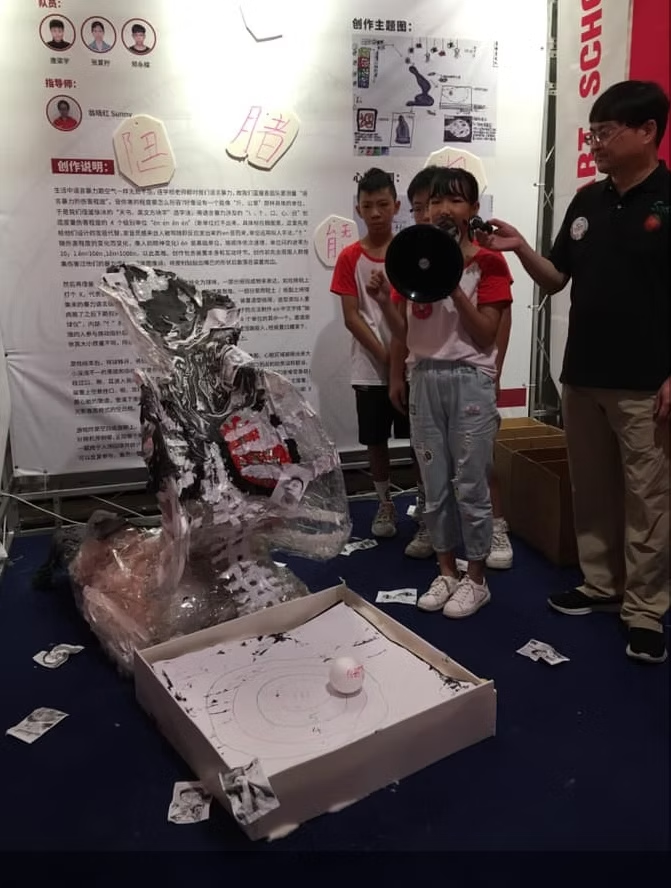Yuichih Wu
- Česká sekce INSEA

- Jun 25
- 2 min read
Updated: Jul 1
3.30 Transforming Parenting into “Peerenting”: Enhancing Parent–Child Interaction in Art Appreciation for 5 to 7-Year-Old Children in Museums through Visible Thinking Strategy (Paper)

Yuichih Wu – Taiwan Normal University/Fubon Art Museum, Taiwan
Hui-Fan Chao – National Taiwan Normal University, Taiwan
Abstract:
Museums are valuable learning environments where parents hope their children will develop an appreciation for art. However, practical experiences in art museums indicate that many parents remain passive observers in such settings. Many parents feel they lack the knowledge to engage with their children or struggle to participate in creative activities. Children’s perception and observation of art, their attitudes toward it, and even their willingness to take creative risks are often influenced by their parents. Therefore, this study explores meaningful ways for young children and their parents to discuss and interact with art in museum settings. Focusing on 20 groups of children aged 5-7 and their parents, we used the Visible Thinking Strategy, particularly the Think, Puzzle, Explore method, to guide parents and children in observing, describing, and interpreting art together. Pre- and post-activity surveys, along with qualitative observations, revealed three key outcomes: 1) Children’s understanding of art shifted from vague to more defined, 2) Children’s attitudes and values toward art showed notable improvement, and 3) Parent-child interaction evolved, with new behaviours such as joint observation, discussion, improvisation, and play. The third outcome is particularly noteworthy, suggesting that structured yet open-ended observation and discussion methods can bridge the gap between parents, children, and art, facilitating a dialogue and collaborative creation that connects their experiences.

6.41 Reconsidering the Role of Art in STEAM Curricula Based on an Art-Based Research Framework (Paper)
Yuichih Wu – Taiwan Normal University/Fubon Art Museum, Taiwan
Abstract:
The emphasis of art disciplines in STEAM curricula remain secondary despite their inclusion in the traditionally STEM-focused curriculum adding humanistic qualities, creativity, and imagination to the otherwise rational domains of science. This study explores the constructive potential of art in STEAM by employing the art-based research theory of Rolling (2016). Using Big Idea to structure a curriculum, we developed a framework for the planning of STEAM programs that highlights the active role of art in knowledge construction. A multiple case study approach was employed by recruiting 8 groups of children aged 3–12 years, with data collected through interviews and document analysis. The results indicate that through curriculum structures focused on object representation, interpretation, and visual literacy skills – Including association, metaphor, and explication – art-based STEAM facilitates a dynamic relationship between various disciplines. The curriculum design, which prioritizes directional guidance over procedural steps, fosters intertextual innovation among the disciplines, leading to new knowledge synergies. Therefore, art is more than a mere supportive discipline and constitutes a pivotal element of STEAM.




Comments